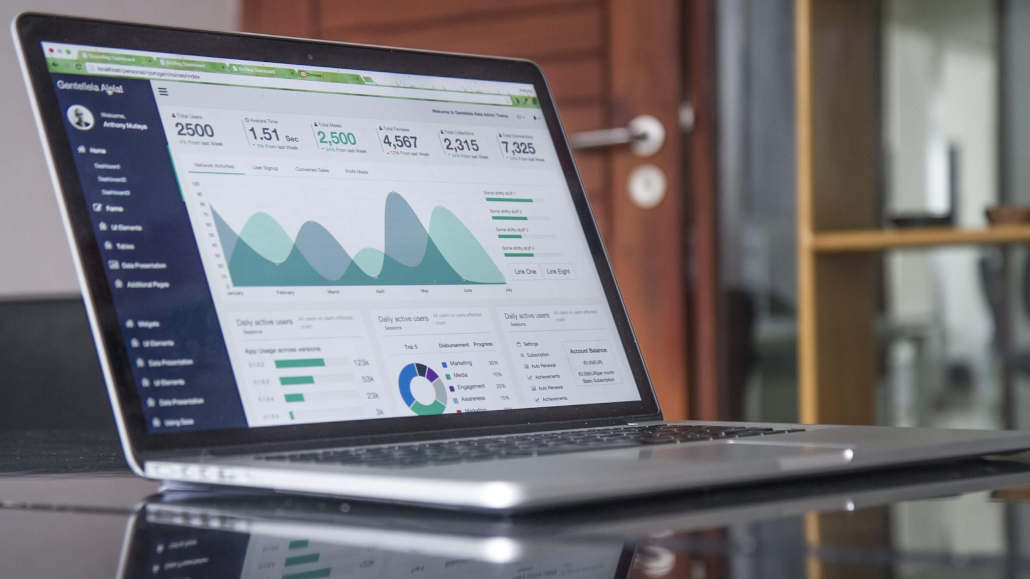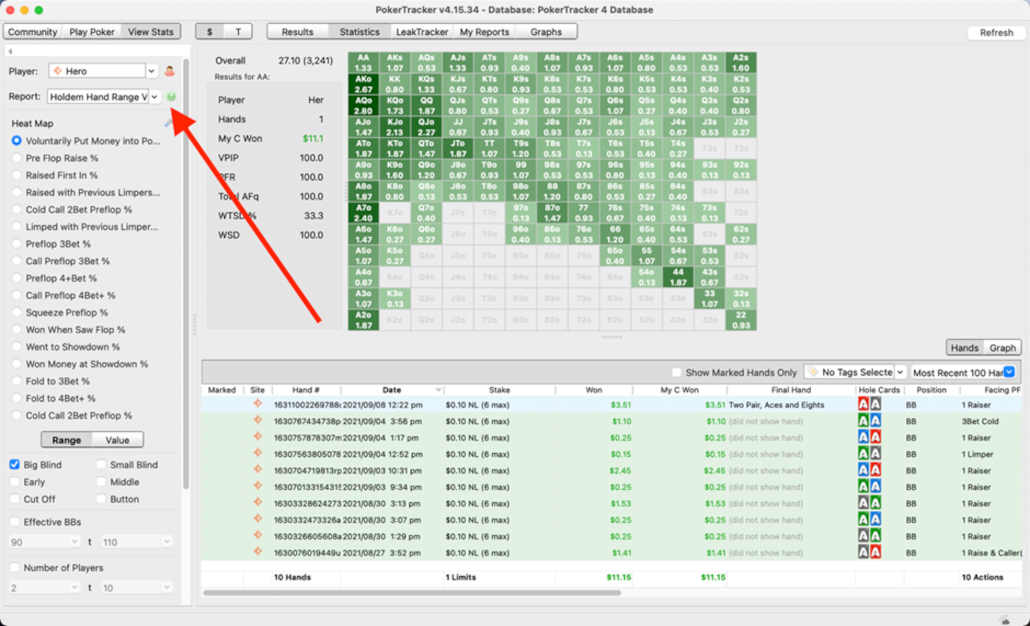Mastering Cash Games – How to Review Your Own Database and Identify Costly Mistakes

7 minutes
Last Updated: August 5, 2022
If you want to master cash games, you need to be self-critical and analyze your game. You need to find which areas you’re doing well in and find the parts of the game you are playing significantly poorly in.
The most efficient way of studying is by first understanding what you’re doing incorrectly. Database analysis is a tool that can be used to indicate the areas of your game that you are not playing optimally in.
We are not nit-picking today; we are using the database to find problem areas in your game that need to be addressed as soon as possible.
As a coach, I've analyzed several databases for my students in the past. I know how to make this process efficient and what you should look out for should you wish to try and analyze your own data.
There are some common pitfalls, such as relying on “leak-analysis” to tell you what you are doing wrong.
Using the “leak-analysis” tool is often inaccurate as many losing players will have data within what is considered the “normal range” for playing poker.
One thing that is important to remember with poker is that it’s not just the frequency that’s important; it's the hands you choose to play at those frequencies.
For example, a player who 3bets with the optimal frequency but chooses hands such as JTo as their 3bet bluffs will be less profitable than a player who chooses A5s as their 3bet bluffs.
You are looking for the areas of your game that you are leaking the most cash in. I’ll be giving you a checklist, a guide for you to follow when analyzing your own data, so you cover almost every spot.
Before You Start
You need a lot of poker hands in your sample due to the variance in the game. A few hundred hands are not enough to provide you with statistically significant data.
You can’t prove if you’re winning or not. Similarly, areas that you think you are doing well in could just be down to positive variance.
I would recommend a sample of at least 10k hands, depending on how frequently you play. If you want to analyze more than this, you can, but a 10k hand sample is much more manageable and easier to work through. It still provides a good amount of data to remain significant.

The Guide to a Database Review
What follows is the way I break down a player’s database and how I filter my data and my student’s data when I’m analyzing it. I split my analysis up into four sections:
Section 1: Preflop
- Raise First in Range (opening range)
- 3betting Range
- 4betting Range
- BB Defense
Section 2: Single Raised Pots
- How you play the flop in position as the initial raiser
- How you play flop out of position as the initial raiser
- How you play in position as the caller
- How you play out of position as the caller (i.e., from the BB)
Note: as most hands you play will be played in this situation, it's better to tackle the flop first for both in and out of position, then move on to the turn and then the river.
Also, strategies in position and out of position in single raised pots differ greatly, unlike 3bet and 4bet pots, where they are very similar.
Section 3: 3bet Pots
- In position and out of position
- Flop through to the river
Section 4: 4bet Pots
- In position and out of position.
- Flop through to River
Now, let’s talk about how you should analyze and filter your database in all these sections:
How to Filter Data
Using Poker Tracker or an alternative hand tracking tool, there are several ways that you can filter the data.
The good news is that most of the filtering methods are highly intuitive, and there are several good forum posts to help you access the data you want should you struggle.
On PT4, when looking for big leaks in your game, you will often want to be looking mostly at the following two categories: “Hand Details” and “Actions and Opportunities.”
All filters on PT4 are useful and allow you to analyze all areas of your game with as much breadth or specificity as you need.
“Hand Details” will allow you to filter by the size of raising that occurred preflop. For example, this is useful for seeing how you do in just 3bet pots.
“Actions and Opportunities” will let you filter by almost everything else, i.e., if you are in position, out of position, when you decide to bet in a hand, etc.
“Hand Values” and “Board Texture” can be useful if you want to filter for some very specific situations. If you are trying to find the biggest leaks in your game, these may not be necessary.
Section 1: How to Use Your Database to Analyze Your Preflop Play
We want to look in detail at your preflop play to ensure that you are playing with the correct frequencies and correct hand combinations.
In PT4, you can use the Hold’em hand range visualizer function to look at what you have been doing preflop in your hands.

Frequency isn’t a great indication in your sample that you have been doing the right thing preflop. Instead, you should look out for two things:
- The range you have been using in all situations is the same one that you have in your preflop range charts.
- Any deviations are well thought out and profitable.
If you are not playing with a preflop range, you should be. I would recommend using one of the solved preflop range charts that are available as part of a GTO strategy. Have a look around for some that are available, as most are solid.
As you can see in the heatmap above, there are several hands that have been played that would fall outside of standard GTO opening ranges.
So, if you were analyzing your own data, you should take the time to go over the obscure hands to ensure that what you have done was correct or winning, i.e., you call a 3bet in position because the villain min-raised.
These should be calculated with math and tools such as Equilab or Flopzilla.
This is one of the easiest parts of your database to check for leaks for as preflop poker has been solved, and the answers are readily available online for you to reference.
Section 2-4: How to Use Your Database to Analyze Your Post-Flop Play
This is a much harder area of the game to properly analyze on your own. The easiest way of analyzing your data is to look at your profitability. What situations are you losing the most cash in?
You should search your database and filter the results to show your play in all aspects of the game.
I find it easiest to do this in the statistics tab under “Report: summary.” This allows you to visualize each position which a hand report wouldn’t unless you specifically filtered for it.
![]()
To spot some of your biggest leaks, you should be mindful of the following information:
- You are unlikely to be profitable when you call a 3bet, especially out of position
- You are unlikely to make substantial money from the SB or BB
- You are likely to be losing when calling out of the BB
Don’t get too hung up on these aspects. If you are not losing a large amount of cash from these areas, it's no cause for concern. You should, however, be making plenty of cash in the following areas:
- As the 3bettor
- As the in-position player who raised first in
- As the 4bettor
Postflop play will take the longest amount of time to successfully analyze. You want to be accurate and look at as many spots as you can, so you must be patient and honest with yourself.
You should take the time to filter for as many spots as you can in the database to find the situations that you are struggling in the most.
Once you have found the areas of the game that you are deficient in, you are going to make a note of this and use the findings of your database research to give you a study plan.
If you are not making money when you are in position as the raiser, for example, you should use solvers, books, articles, and other online resources. These can help you learn about the optimal strategy in that area of the game.





















